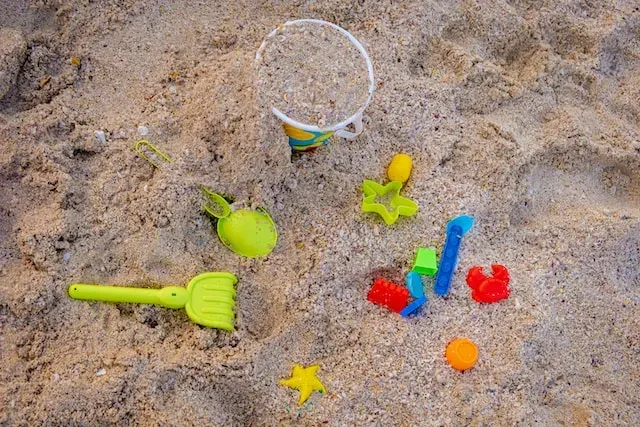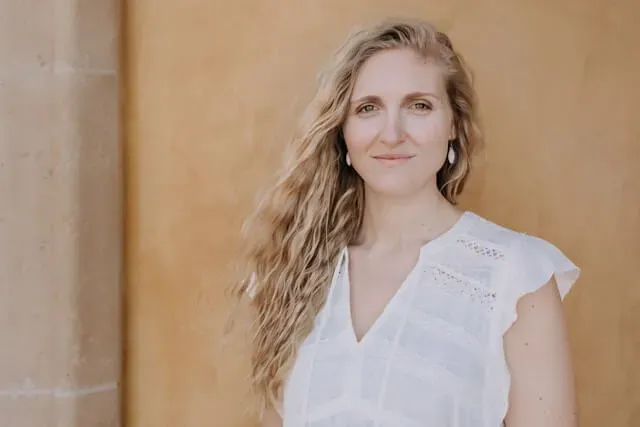
Sand Tray Therapy
Explore the transformative power of Sand Tray Therapy, a unique and effective approach to emotional healing and self-discovery in therapeutic settings.
Get carepatron free
Commonly asked questions
Sand Tray Therapy is a form of psychotherapy that utilizes a sandbox, miniature figures, and sometimes water to create scenes that reflect a person's inner thoughts, feelings, and experiences. This method allows individuals to express themselves non-verbally and symbolically, which can be particularly beneficial for those who find verbal expression challenging.
While originally designed for children, Sand Tray Therapy benefits individuals of all ages, including adolescents and adults. It is particularly effective for those who have experienced trauma, struggle with emotional expression, face developmental challenges, or are undergoing significant life transitions.
In Sand Tray Therapy, clients are encouraged to choose and arrange miniatures in a sandbox to create a scene. These scenes reflect their internal world and can help process emotions, resolve internal conflicts, and foster self-awareness. The therapist observes and may guide the process, helping the client explore their creation's meaning and significance.







